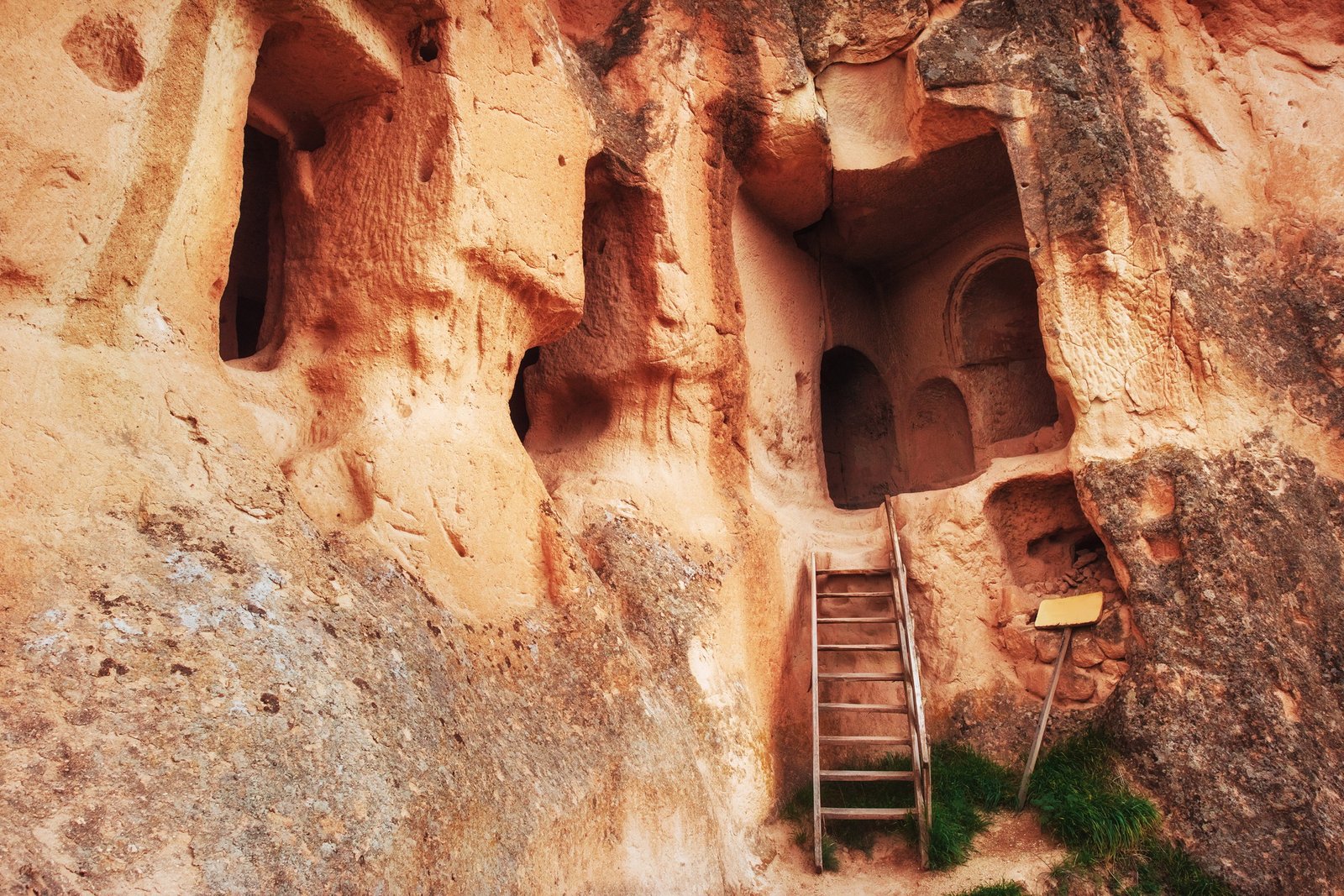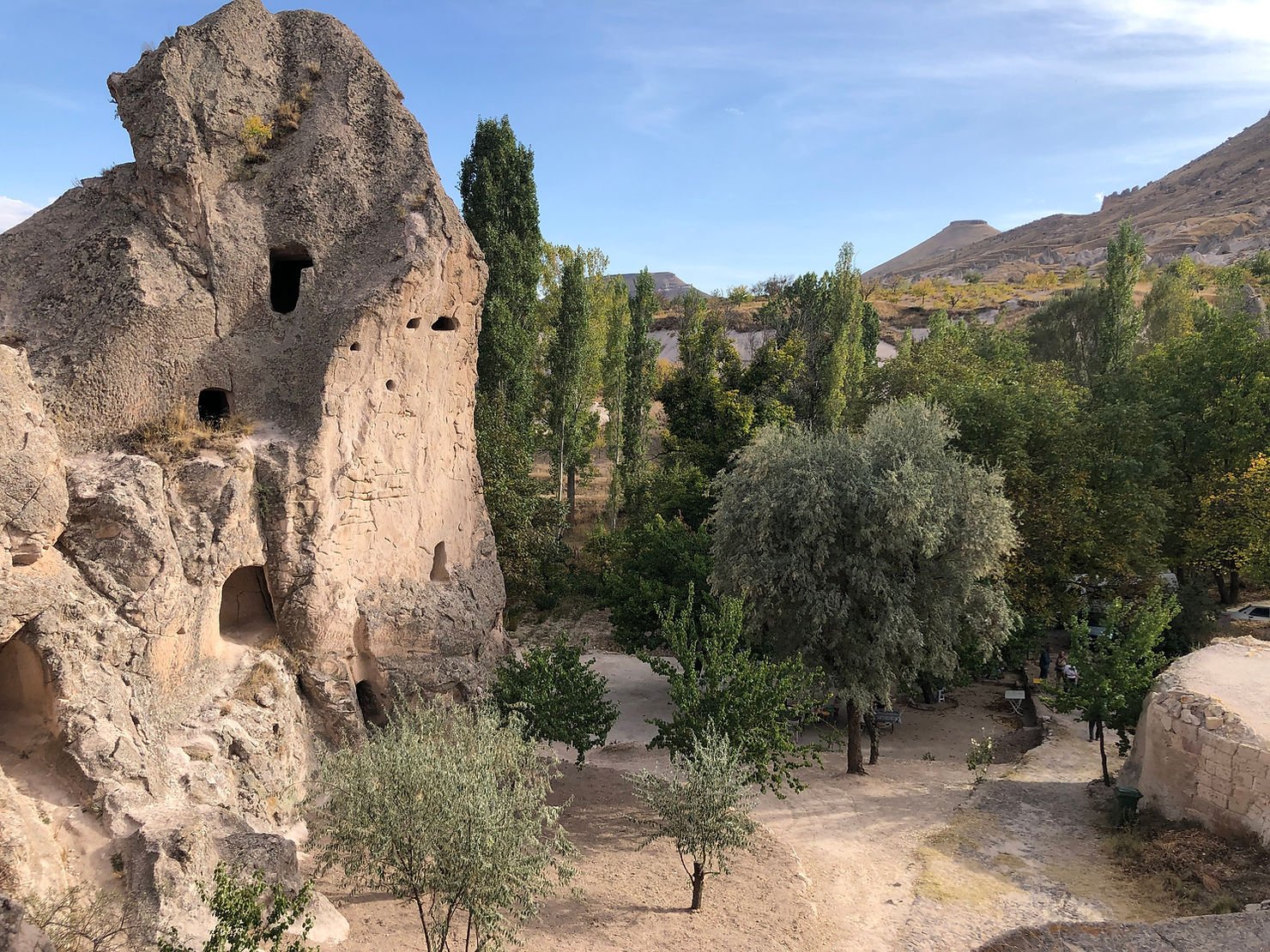Nestled in the heart of modern-day Turkey, Cappadocia is famous for its otherworldly landscapes, hot-air balloon rides, and enchanting cave dwellings. But its story goes far beyond these modern attractions. Cappadocia’s rich tapestry of history has been intricately woven by the hands of two major empires—the Persians and the Romans. The Roman influence on Cappadocia’s history was particularly transformative, shaping the region’s culture, economy, and architecture in profound ways.
This blog will take you on a historical journey through Cappadocia, exploring how both Persian and Roman influences molded the region into the unique cultural landmark we marvel at today.
The Persian Era: A Foundation Laid in Stone
The Dual Pillars of Power
Before Roman dominance, Cappadocia was a prize held by the mighty Persian Empire, known for its expansive reach and unparalleled administrative systems. Ruled by the Achaemenid Dynasty, Persian Cappadocia was part of a satrapy—a regional administrative unit overseen by a satrap, or governor.
Under Persian rule, Cappadocia became a strategically vital region, connecting the East and West through the Royal Road, an ancient network of trade and communication routes. The Persians excelled at unifying a culturally diverse empire, and in Cappadocia, they introduced Zoroastrianism, an ancient religion centered around fire worship. Evidence of Zoroastrian ceremonial practices and ritual spaces can still be traced in Cappadocia’s cave structures, marking the early spiritual and cultural foundation that later empires would build upon.
Art, Culture, and Governance
The Persian period wasn’t just about control; it was also about cultural enrichment. Persians introduced distinctive art forms, such as intricate carvings and rock reliefs, which blended seamlessly with Cappadocia’s geological wonders. Persian administrative systems also laid the groundwork for agriculture and taxation in the region, which the Romans would later refine and expand upon.
The Roman Influence on Cappadocia’s History
Annexation and Assimilation
The shift from Persian to Roman rule came after Alexander the Great dismantled the Persian Empire around 330 BCE, leaving Cappadocia as a semi-independent kingdom. However, in 17 CE, during the reign of Emperor Tiberius, Cappadocia was officially annexed by Rome, becoming a key province of the Roman Empire.
The Roman influence on Cappadocia’s history began with the introduction of Roman law, military organization, and infrastructure, transforming the region into a well-governed and strategically crucial Roman outpost. Roman governors managed Cappadocia with military precision, using its central location as a base to fend off external threats such as Parthian invasions.
Roads and Trade Networks
One of the most visible Roman contributions to Cappadocia was its impressive network of roads, some of which followed the paths established during the Persian era. These roads connected Cappadocia to major cities such as Constantinople, Antioch, and Ephesus, enabling the development of thriving trade routes. The Roman road systems also facilitated the movement of troops, governors, and goods, elevating Cappadocia’s status as a key geopolitical hub.
Roman Urbanization and Architecture
Roman engineers and architects dramatically altered Cappadocia’s landscape. Roman amphitheaters, baths, aqueducts, and temples began to sprout across the region. While many of these structures are no longer standing, historical records and ruins indicate how profoundly the Romans impacted urban life.
However, what truly sets Cappadocia apart is its hidden underground cities. These subterranean marvels, such as Derinkuyu and Kaymaklı, were expanded and utilized during Roman rule, particularly as places of refuge during periods of unrest. The ingenuity of these underground cities reflects a fusion of local ingenuity with Roman engineering prowess.
The Spread of Christianity
One of the most significant aspects of the Roman influence on Cappadocia’s history was its role in the spread of Christianity. The Roman Empire, after adopting Christianity under Emperor Constantine in the 4th century, turned Cappadocia into a stronghold for early Christian communities.
Cappadocia’s unique geography, with its soft volcanic tuff, provided ideal conditions for carving churches, monasteries, and chapels directly into the rock. Many of these structures are adorned with stunning Byzantine frescoes, and they remain some of the world’s most important early Christian artifacts. The region became home to Cappadocian Fathers such as Saint Basil the Great, who were instrumental in shaping Christian theology and monastic traditions.
The Legacy of Two Titans
A Seamless Blend of Cultures
The Persian and Roman eras in Cappadocia were characterized by distinct administrative, cultural, and architectural contributions. But instead of obliterating what came before, each empire added new layers to the region’s identity. For example, the Romans refined Persian trade routes and infrastructure, while the early Christian theology that flourished in Roman Cappadocia may never have found such fertile ground without the cultural syncretism initiated during Persian rule.
Cappadocia’s Enduring Appeal
Today, Cappadocia stands as a testament to its layered history. The cave churches, underground cities, and ancient trade routes speak of a time when ambitious empires saw this land as a gateway between continents. Tourists exploring these marvels are, in a way, continuing a tradition of cultural exchange that has persisted for millennia.
What Can We Learn From Cappadocia’s History?
Both the Persian and Roman influences offer lessons in adaptability, cultural integration, and innovation. The ability of these empires to leave lasting impacts on Cappadocia reminds us of the importance of balance—preserving heritage while embracing the future.
Visiting Cappadocia isn’t just a visual experience; it’s stepping into a timeline where the past feels remarkably alive. Curious to discover more about how empires shaped this unique region? You can explore it further by visiting its iconic landmarks and witnessing history carved in stone.

